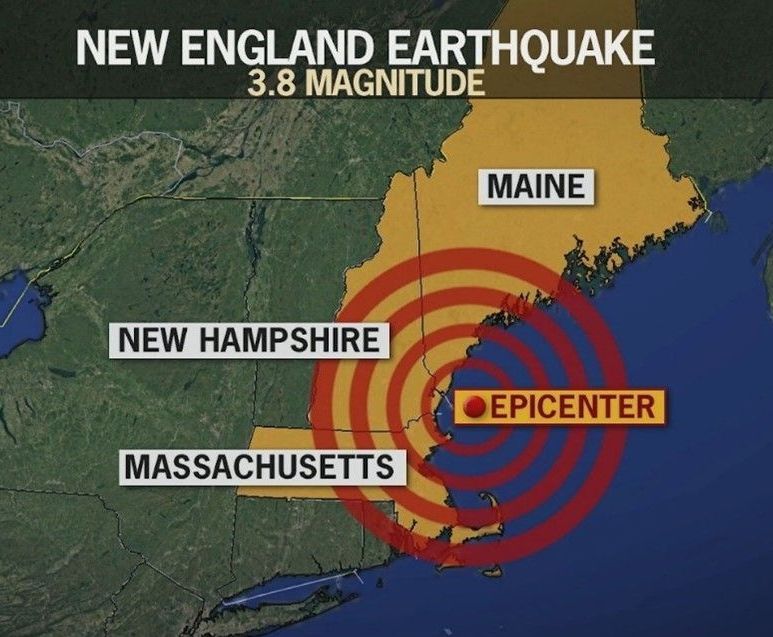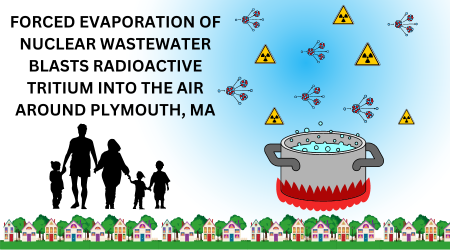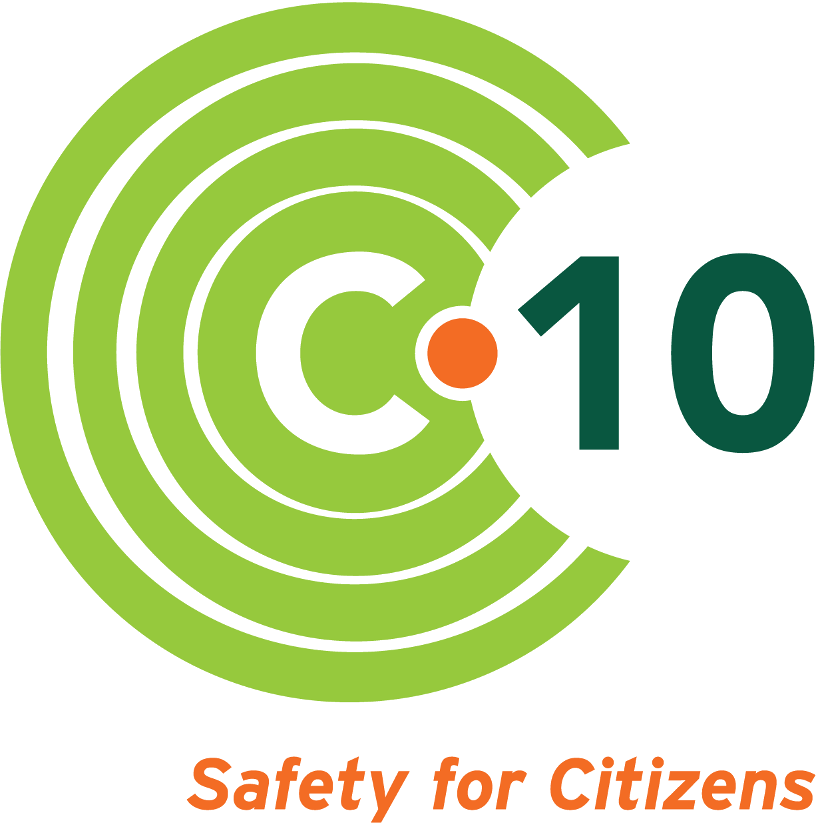NextEra's in the dog house
- By Natalie Hildt Treat
- •
- 20 Aug, 2021
NRC inspectors cite deficiencies in Seabrook concrete monitoring
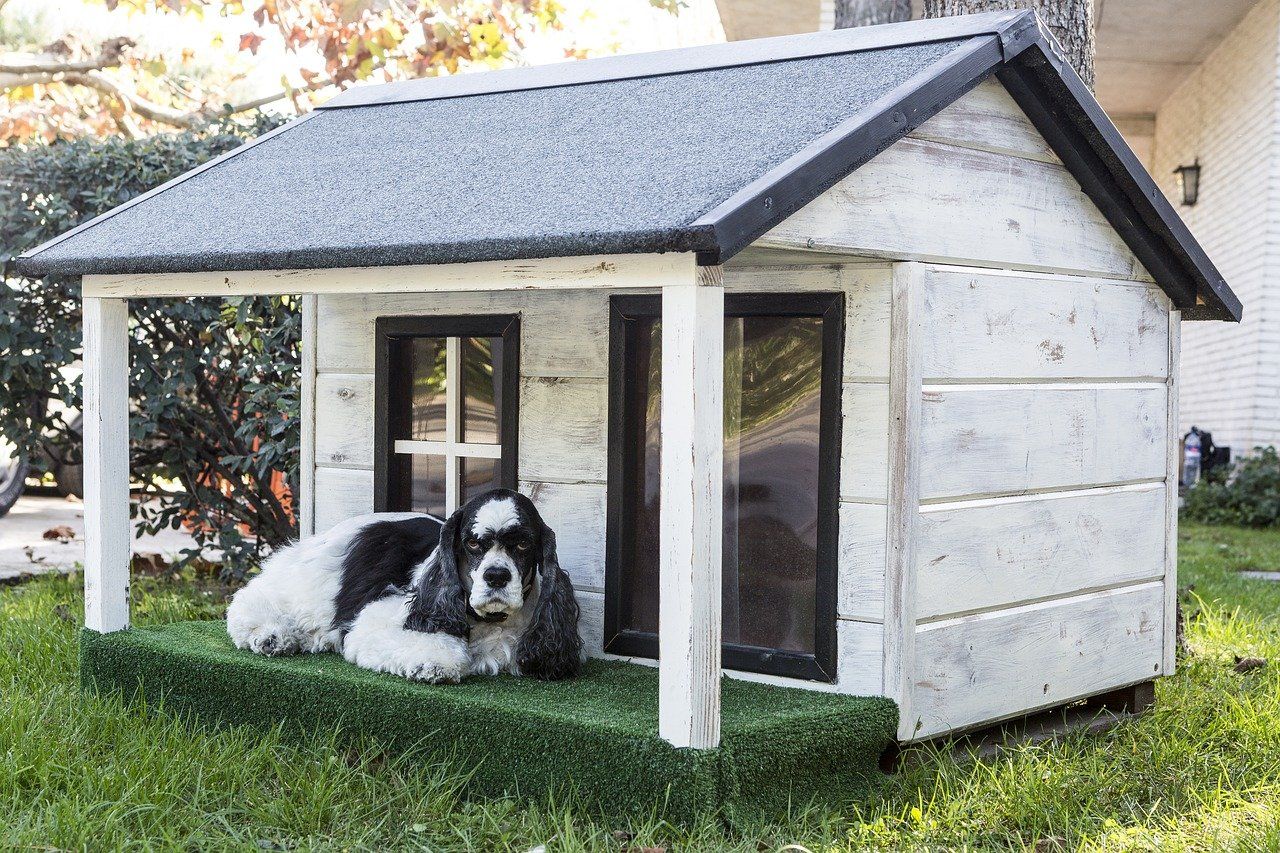
When C-10 met with U.S. Nuclear Regulatory Commissioner Jeff Baran on August 3—a week before his first visit to Seabrook Station—one of our biggest complaints was that we wouldn’t be able to track what’s going on with the plant’s concrete degradation in the quarterly inspection reports, which have become thinner and more opaque in recent years.
“As a nuclear safety watchdog concerned with the management of Seabrook’s concrete, we seek insights on how the testing and monitoring is going. Yet the only time something appears in the inspection report is if the licensee does something egregious enough to merit a color-coded label,” C-10 wrote in our pre-meeting memo to the Commissioner.It turns out we would soon get an eye-popping look at NRC’s oversight of the plant’s concrete problems.
NRC’s resident inspectors have plenty of issues with how plant owner NextEra Energy is monitoring alkali-silica reaction (ASR)—the “concrete cancer” weakening all key safety structures at Seabrook Station. And they had a lot to say about it in their quarterly Integrated Inspection Report, released the day after Baran and an entourage including congressional aides visited the plant.

Some of our takeaways from the report:
- Per NRC, NextEra Energy has been monitoring ASR cracking, but not sufficiently modeling its progression.
- The problem may be worse than thought; some structures are at or near exceeding structural design basis.
- More frequent crack monitoring may be needed, in some cases as often as every 2-3 months. (Before C-10's challenge, some inspection intervals would have been as long as 10 years!)
- Seven structures may need physical modifications to be deemed safe. (There is no cure for ASR.)
- NRC field staff like Senior Resident Inspector Christopher Newport and his colleagues are on the case; this should provide area residents with some degree of comfort.
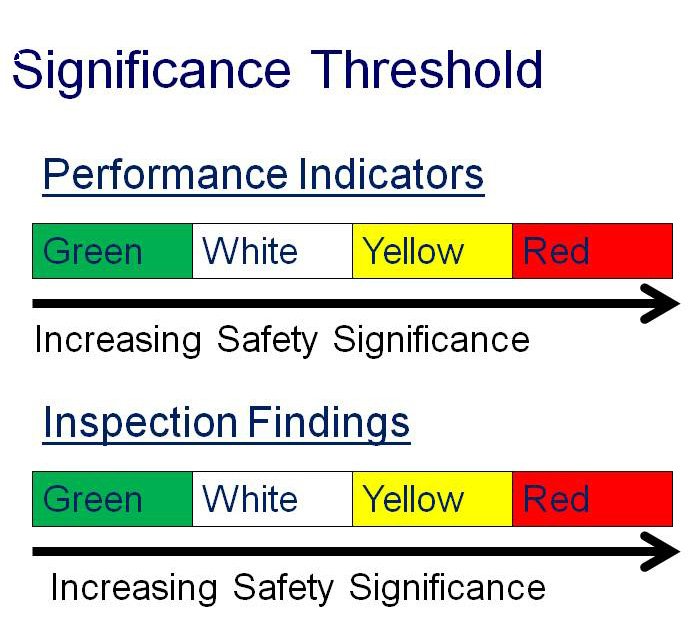
NextEra’s infractions were coded as “green”—the least bad of NRC’s color-coded performance scale.
But in this case, green is not good. And it does not mean "go."
We’ve heard that the resident inspectors are encouraged to be conservative in doling out too many citations, instead requiring corrective actions by the licensee. There is no doubt that the NRC is focused on what’s happening with Seabrook’s concrete, and they are closely overseeing the management of the problem.
The Q2 inspection report features a detailed citation relative to deficiencies in the plant’s handling of the concrete degradation problem ASR, describing how staff of plant owner NextEra Energy “...did not adequately account for the future progression of alkali-silica reaction... for several Seabrook structures,” (page 2 of the report).
“Specifically, NextEra staff did not trend and project the periodic threshold monitoring data for the affected structural elements to ensure the structures would remain capable of performing their safety functions to the next scheduled inspection,” the NRC inspectors continued.
Interestingly, this lack of modeling was one of C-10’s biggest concerns about the concrete aging management plans signed off on by the NRC, and something that we and U.S. Senators Ed Markey and Elizabeth Warren urged to be added to the new license conditions placed on Seabrook last fall by NRC’s Atomic Safety and Licensing Board.
“It is absolutely essential that the NRC determines the margin of errors in the curve that quantifies expansion,” C-10’s expert Dr. Victor Saouma told Baran in our August 3 video meeting.
While the details of the report are troubling, C-10 is heartened by the amount of NRC staff resources and time that are clearly being spent on overseeing Seabrook’s concrete woes.
From page 9 of the report:
"During the week of June 14, 2021, the inspectors reviewed the consolidated prompt operability determination (POD) documented under AR 02276197 that evaluates Seabrook structures affected by ASR with discrete structural elements that do not meet NextEra’s current licensing and design basis. The inspectors focused on four specific structures:
• emergency feedwater pumphouse
• service water cooling tower
• control and diesel generator building
• mechanical penetration area
These are Seismic Category I reinforced concrete structures designed as described in the Seabrook Updated Final Safety Analysis Report Section 3.8.4 and house various safety- related systems and components.
The inspectors identified that, while the consolidated POD provided evaluations that were technically adequate to show these four structures remained functional, the POD did not look forward and account for the future progression of ASR to demonstrate there is reasonable assurance the structures would remain functional to the next periodic ASR-related inspection."
The report continues on page 10:
"Corrective Actions: NextEra staff entered the issue in their corrective action program and planned to develop guidance for evaluating affected structures, including additional action limits, safety factors, and consideration for future ASR expansion in their POD. NextEra continues to perform compensatory measures in the form of additional monitoring at an increased frequency," the report continues.
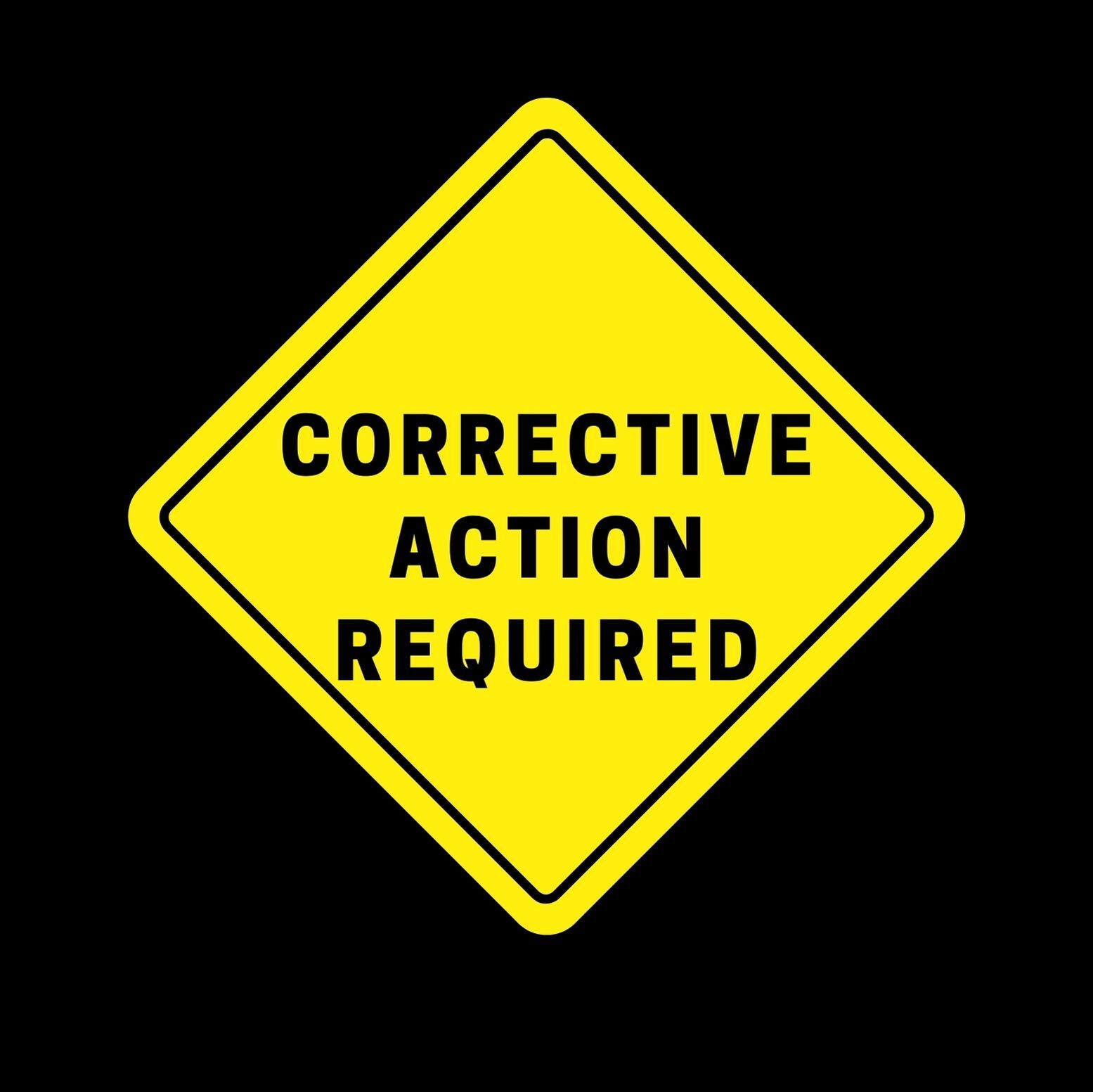
The NRC’s resident inspectors are doing their job and holding the licensee accountable to the safety provisions in its operating license. These license conditions simply would not exist were it not for C-10’s tenacity in pursuing stronger oversight of Seabrook’s degrading concrete since it was first discovered in 2009.
It’s frightening to think that were it not for C-10’s challenge, the inspection interval referenced in this report may have been as long as a decade—now NextEra has to perform them every six months. The public should feel more confident knowing that Seabrook’s ASR problem is getting tough scrutiny by the NRC’s inspectors.
C-10’s team is compiling questions that we will relay to the resident inspectors. If we do not get sufficient answers, you can bet we will elevate the request to leaders like Congresswoman Annie Kuster (N.H.), who recently pressed Commissioner Baran for answers at an oversight hearing with the House Committee on Energy and Commerce (jump to time stamp 3:11:30), and Senator Ed Markey (MA), who chairs the Senate Subcommittee on Clean Air, Climate and Nuclear Safety, and is a stalwart on nuclear safety.
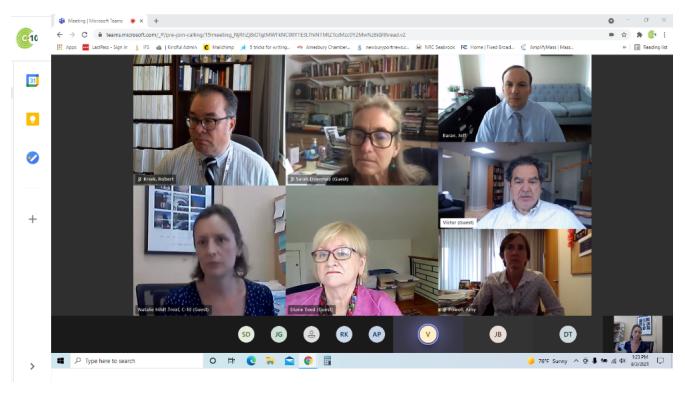
About Alkali-Silica Reaction
ASR, dubbed “concrete cancer,” is an irreversible condition that develops over many years in some concrete structures when reactive aggregates are used to make the cement. The phenomenon results in concrete swelling, a reduction of integrity, and formation of cracks on the surface and in the interior of concrete structures.
Internal cracking is a cause for worry, because webs of small and hidden internal “microcracks” can coalesce into larger cracks, causing “delamination” or splitting apart of the structure. In a large concrete structure like the Seabrook containment enclosure, such cracking could increase the structure’s vulnerability to a breach during an earthquake and lead to an unplanned release of radioactivity.
ASR is a major concern for government regulators because it could render safety structures non-compliant with basic NRC design regulations. These regulations require a demonstration that concrete safety structures can remain intact during a “design basis earthquake”—i.e., not just a severe and unexpected earthquake, but a quake of the ordinary degree of severity that is to be expected for the region. If a structure is not demonstrably strong enough to withstand a design-basis event, it cannot be assumed that the structure will contain radioactivity during an accident.
For more on C-10’s legal challenge to Seabrook’s concrete monitoring and management, click here.

Follow us

